Crushing Equipment: Crushing Equipment Market Scenarios in 2024!
Global Grinding and Crushing Equipment in the Mining Market is forecast to reach $7.2 billion by 2025. The Grinding and Crushing Equipment in Mining market is driven primarily by the factors such as increasing demand from the mining sector due to high productivity and improvement in work safety. Rising adoption of various grinding and crushing equipment in the mining sector is rising due to rapid technological advancements to enhance the complex mining processes. Growth of the coal mining industry is also helping the grinding and crushing equipment market to have a significant growth. As compared to stationary equipment, mobile equipment is facing higher demands due to increased mobility and compactness combined with many other benefits. Lack of skilled manpower and rising quarry operation costs have been fuelling the market demand towards mobile equipment. Adoption of mobile equipment is growing as they are compact as well as improves site movement with minimizing hassles. Some mobile equipment offer self driven technology, which reduces the workload pressure along with improving productivity standards. This rising adoption of mobile equipment by the mining sector has been propelling the market growth of grinding and crushing equipment.
Drivers – Grinding and Crushing Equipment in Mining
Market Increased productivity With rapid technological advancements in mining industries, grinding and crushing equipment are causing major demands in the market. With the help of grinding equipment, extraction of metals from rocks has become easier, thus improving and simplifying the mining process. Adoption of grinding and crushing equipment in mining helps in increasing work productivity due to reducing particulate size of extracted materials more efficiently than earlier. Usage of these equipment provides an economical way of extraction of metal ores, thus acting as a major driver for the market growth of grinding and crushing equipment in the mining industry. Rising work safety concerns Rising rate of accidents in the mining sector has marked a major dependency towards advanced mining equipment. Grinding and crushing equipment have helped the industry to reduce the rate of accidents as well as work related risks. Mining involves extraction as well as high rated processes which cause serious dangers to the life of working people. Gradual sinking of land as well as cracking and many such threats during mining often cause injuries, death risks to the working people. Deployment of such equipment has reduced the manpower demand as they can be operated easily and more efficiently with limited labors. While performing mining operations, operators gets early notification about the dangers ahead, which helps in reducing fatal accidents to a high extent. Adoption of such equipment has helped the workers to work efficiently without worrying about the risks and threats. Rapid improvements in technology have also added features to enhance work related safety, thus acting as a major driver in the grinding and crushing equipment market. In terms of market strategy, price trends, drivers, challenges, and opportunities through 2031, Stone Crushing Equipment market players are directing investments toward acquiring new technologies, securing raw materials through efficient procurement and inventory management, enhancing product portfolios, and leveraging capabilities to sustain growth amidst challenging conditions. Regional-specific strategies are being emphasized due to highly varying economic and social challenges across countries. Government policies and incentives promoting the energy transition have bolstered manufacturing sector growth, particularly with the support of bio-chemicals and materials. However, uneven recovery across different end markets and geographies presents a key challenge, prompting companies to prioritize cost consciousness and operational efficiency. Factors such as global economic slowdown, the impact of geopolitical tensions, delayed growth in specific regions, and the risks of stagflation necessitate a vigilant and forward-looking approach among Stone Crushing Equipment industry players. Adaptations in supply chain dynamics and the growing emphasis on cleaner and sustainable practices further drive strategic shifts within companies.
What is Crushing Equipment?
In the simplest terms, crushing equipment is used to reduce the size of material into much smaller pieces. These are heavy pieces of machinery, usually part of a material handling system or plant. A rock crusher uses significant force to impact materials to the point of breaking or separating. Most crushing equipment is designed with heavy plates or jaws used to apply pressure to whatever material has been fed into the chamber. Crushers can be smaller and portable, but are usually built into a full circuit material handling system. You’ll find equipment like conveyors, crushers, and screening machines at most rock quarries or mineral processing operations. These systems tend to work together to break raw material into marketable products.
How Does Crushing Equipment Work?
Chambers with heavy, durable plates or jaws are the main components of most crushing equipment. After raw material is fed into the crusher, the plates come together to reduce the size. These heavy-duty plates move both up and down, creating enough force and pressure to reduce the size of the material significantly. Some plants use multiple crushers to reduce the size of their raw materials. Not all crushers can handle large pieces, so a heavy-duty crusher is the first part of the material handling circuit. Jaw crushers can handle really large pieces. They’re used to break those large pieces into something more manageable for the smaller crushers. If a jaw crusher is necessary, the reduced material is then fed into a finer crusher by a conveyor belt. After the secondary crusher reduces the material even more, it’s moved to a screening machine by another belt. The material needs to be broken into manageable pieces before it reaches the screening equipment, making crushers a vital component of production. Mining, aggregate and mineral processing, recycling, and other material handling plants usually need to reduce the size of their raw materials to create something sellable. Once their raw material is mined, harvested, or collected, it needs to be broken down into something closer to the end-product. This is where crushing equipment comes in. Crushers are an important part of a full circuit material handling plant. They’re usually the first or second step, after the raw material arrives.
What is Crushing Equipment?
In the simplest terms, crushing equipment is used to reduce the size of material into much smaller pieces. These are heavy pieces of machinery, usually part of a material handling system or plant. A rock crusher uses significant force to impact materials to the point of breaking or separating. Most crushing equipment is designed with heavy plates or jaws used to apply pressure to whatever material has been fed into the chamber. Crushers can be smaller and portable, but are usually built into a full circuit material handling system. You’ll find equipment like conveyors, crushers, and screening machines at most rock quarry or mineral processing operations. These systems tend to work together to break raw material into marketable products.
How Does Crushing Equipment Work?
Chambers with heavy, durable plates or jaws are the main components of most crushing equipment. After raw material is fed into the crusher, the plates come together to reduce the size. These heavy-duty plates move both up and down, creating enough force and pressure to reduce the size of the material significantly. Some plants use multiple crushers to reduce the size of their raw materials. Not all crushers can handle large pieces, so a heavy-duty crusher is the first part of the material handling circuit. Jaw crushers can handle really large pieces. They’re used to break those large pieces into something more manageable for the smaller crushers. If a jaw crusher is necessary, the reduced material is then fed into a finer crusher by a conveyor belt. After the secondary crusher reduces the material even more, it’s moved to a screening machine by another belt. The material needs to be broken into manageable pieces before it reaches the screening equipment, making crushers a vital component of production.
How is Crushing Equipment Used?
Crushing equipment is one of the very first steps for a variety of material handling plants, productions, and jobs. Each job starts with a different material, calling for a different type of crusher. Most crushers function in a similar fashion, but the end products are used for many different applications.
Here are just a few industries that use crushers:
• Mining • Rock Quarries
• Mineral Processing
• Recycling The mining and quarrying industry is one of the largest users of crushing equipment.
Raw material is blasted or harvested from deep underground. For these materials to be profitable, they have to go through an extensive material handling system. The material is moved from the mine, fed into a crusher, than screened to separate the particles. Crushing equipment works hand-in-hand with all of the other machines to produce an end-product – like gravel for roads, salt for winterizing, and more. The recycling industry also uses crushers to break down glass bottles and containers. After the glass is loaded into a special crusher, it’s crushed into raw material. It’s then melted down and repurposed into recycled glass containers, just for the process to being all over again.



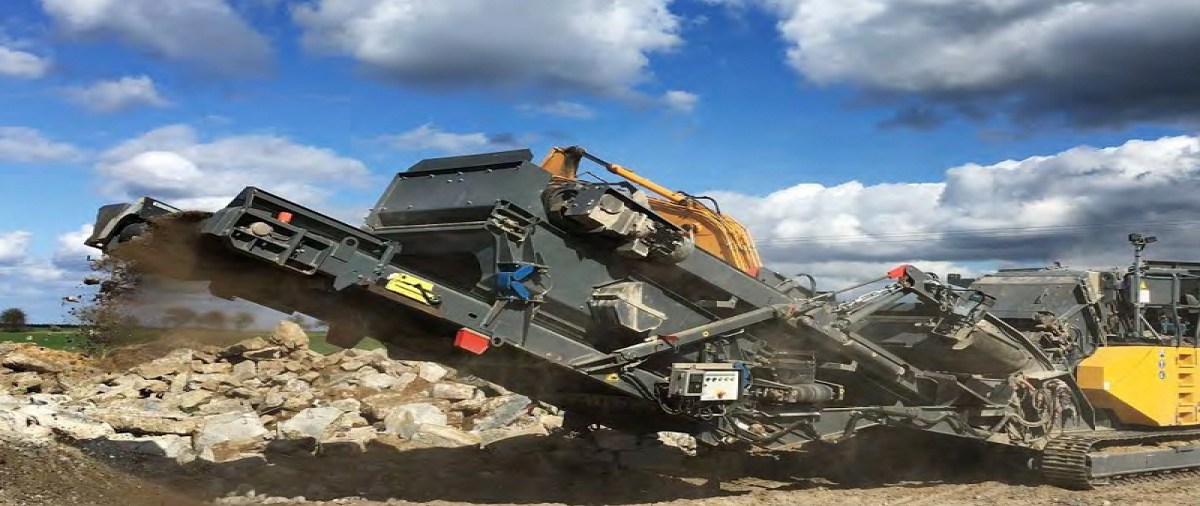

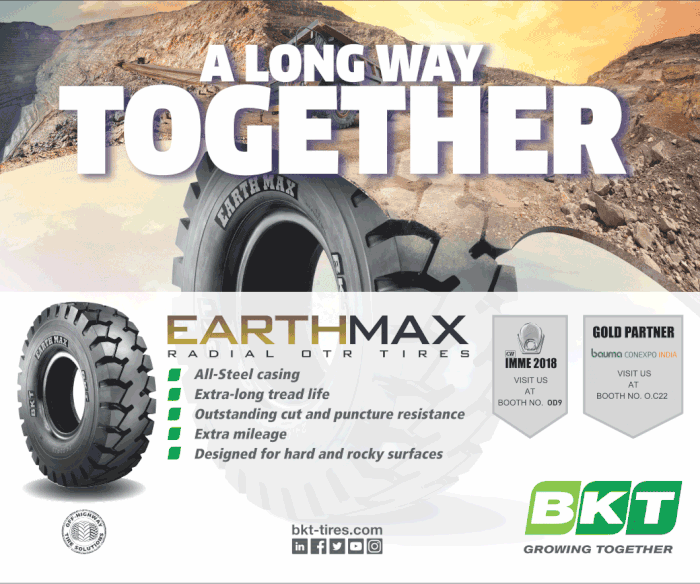
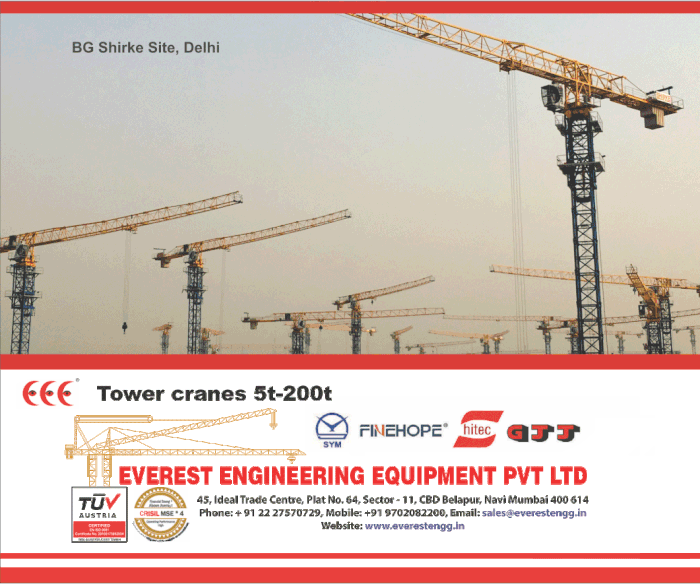
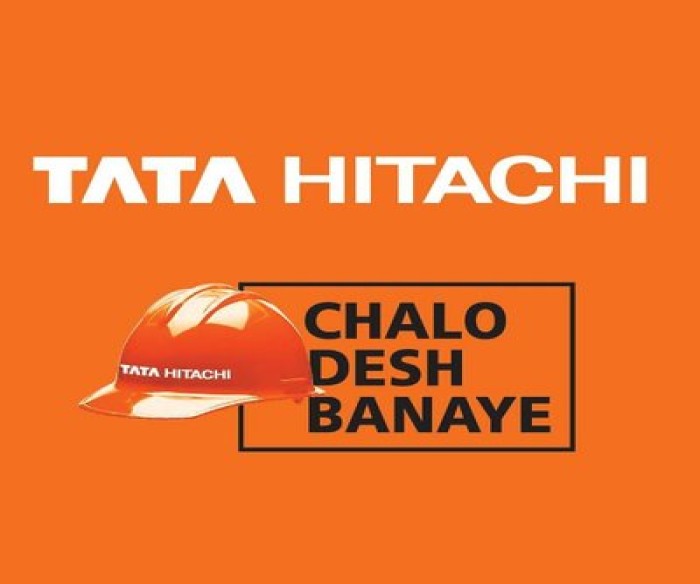
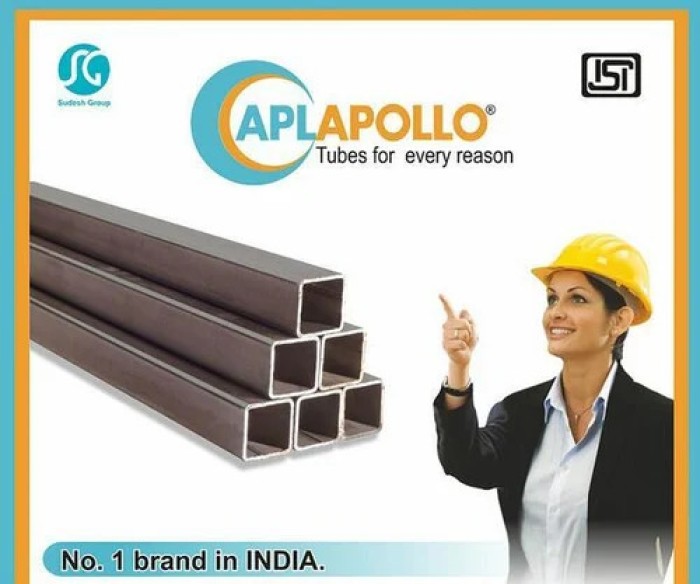
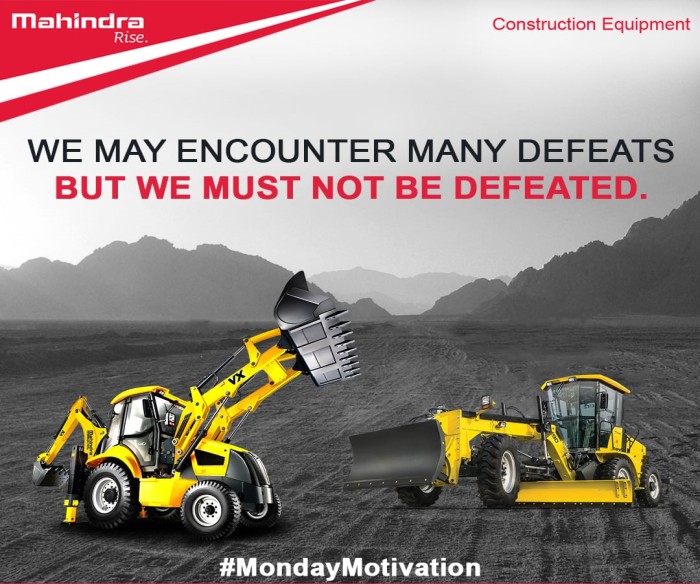
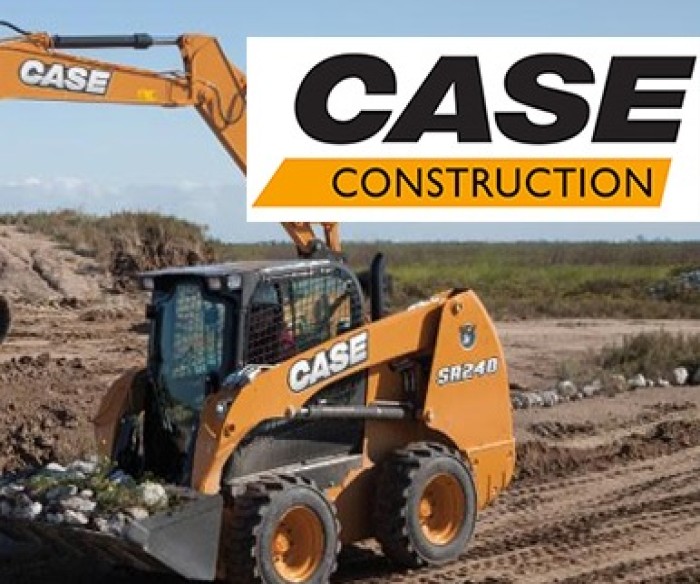
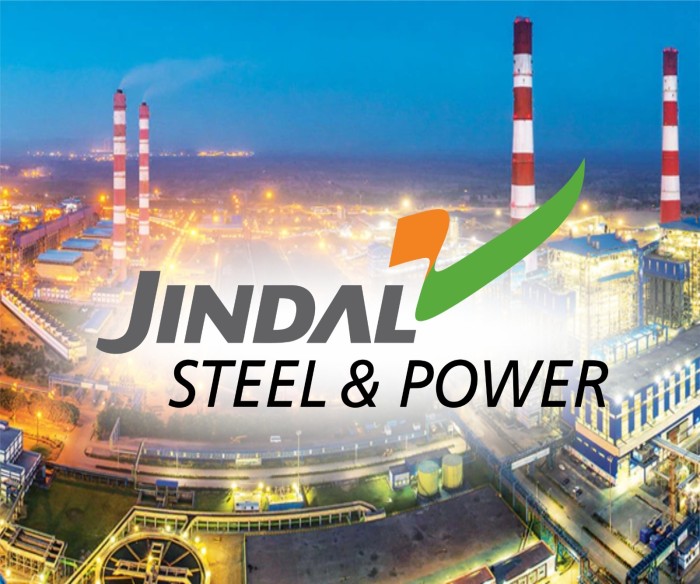

Leave a comment